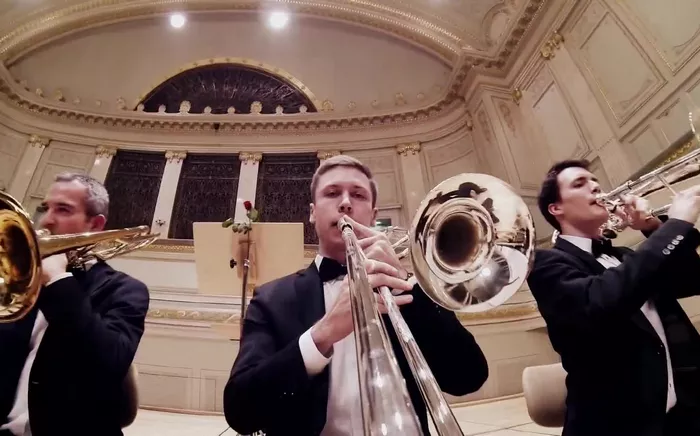In the world of music, instruments often find themselves entangled in stereotypes and gender expectations. One such instrument that has faced questions regarding its perceived gender association is the trombone. Often labeled as a “male instrument” due to historical gender biases, it is essential to dispel these misconceptions and recognize the trombone for what it truly is: a gender-neutral instrument with a rich and diverse history.
Historical Perspectives on Gender and Instruments
Historically, societal norms and expectations have influenced the perception of certain instruments as either “masculine” or “feminine.” String instruments like the violin were often associated with femininity, while brass and percussion instruments, including the trombone, were deemed more masculine. These gendered associations were rooted in outdated stereotypes that linked perceived characteristics of instruments with societal expectations of gender roles.
See Also: The Essential Role of Trombones in Bands: A Quick Guide
Breaking Stereotypes: The Trombone’s Diverse Legacy
The trombone’s history is marked by a diverse array of musicians who have defied gender norms. While it’s true that the trombone has been predominantly played by men in many traditional settings, this is not indicative of an inherent gender bias within the instrument itself. Instead, it reflects historical limitations on women’s participation in various musical spheres. As societal attitudes evolved, so did the opportunities for women to excel on instruments traditionally associated with men.
Versatility Knows No Gender
The trombone, like any musical instrument, is a tool of expression that transcends gender boundaries. Its versatility and adaptability make it suitable for musicians of any gender to explore and master. Whether producing powerful and resonant tones in a brass band or adding a smooth and melodic touch in a jazz ensemble, the trombone’s capacity for expression is not confined by gender norms. Musicians should be celebrated for their artistry and proficiency, irrespective of the instrument they choose to play.
Breaking Barriers: Trailblazing Women Trombonists
Acknowledging the gender-neutral nature of the trombone requires recognizing the achievements of trailblazing women trombonists who have shattered stereotypes. Notable figures such as Abbie Conant and Jiggs Whigham have not only demonstrated exceptional skill on the trombone but have also paved the way for future generations of female trombonists. Their contributions highlight the importance of focusing on talent and dedication rather than perpetuating gender-based assumptions about musical instruments.
The Impact of Representation
The presence of diverse role models within the trombone community is essential for breaking down gender stereotypes. When aspiring musicians see individuals who share their gender excelling on the trombone, it sends a powerful message that the instrument is accessible and welcoming to all. Increased representation fosters a sense of inclusivity, encouraging individuals of any gender to pursue their passion for the trombone without hesitation.
Education and Encouragement
Addressing the gender-neutral nature of the trombone begins with educational initiatives that encourage inclusivity. Music education programs should actively promote equal opportunities for all students, regardless of their gender, to explore and learn the trombone. By creating an environment that fosters diversity and supports aspiring musicians, we can dismantle preconceived notions about which instruments are suitable for individuals of a particular gender.
Challenging Stereotypes in Professional Settings
While progress has been made, challenges persist in professional settings where gender biases can influence hiring practices and opportunities. Orchestras, ensembles, and music organizations must actively work to eliminate these biases, ensuring that opportunities are based on merit rather than gender. By challenging and dismantling these stereotypes, the musical community can create an environment where all musicians, regardless of gender, feel valued and appreciated for their contributions.
Conclusion
In conclusion, the question of whether the trombone is a “male” or “female” instrument is fundamentally flawed. Instruments, including the trombone, do not possess inherent gender characteristics. Instead, gender associations are cultural constructs that have evolved over time. It is crucial to recognize the trombone as a gender-neutral instrument with a rich history and a capacity for expression that transcends societal expectations. By dispelling misconceptions and fostering inclusivity, we can ensure that the trombone, and all musical instruments, are celebrated for the diversity of talent they attract, regardless of gender.


